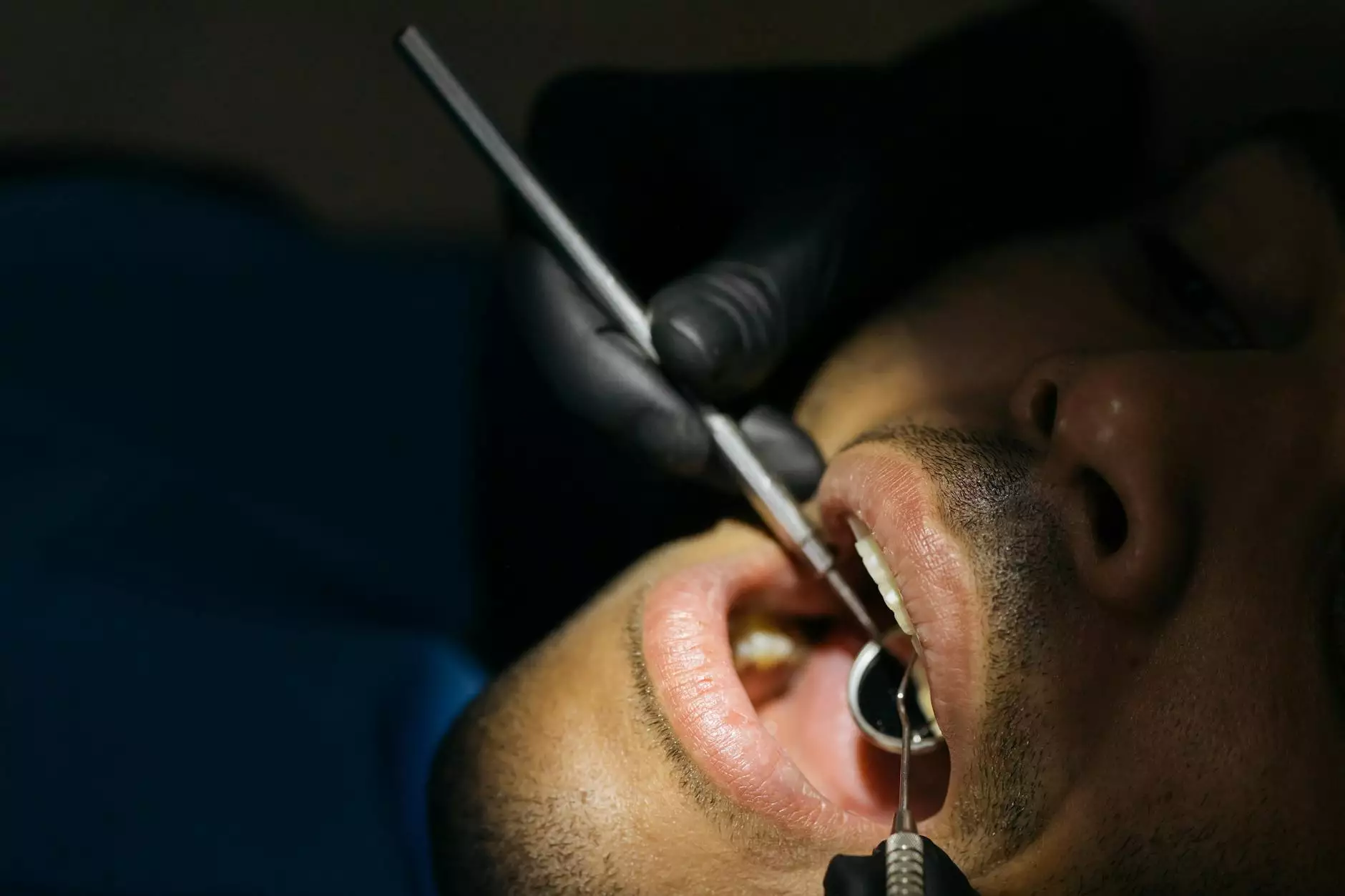Understanding Tenosynovitis: A Comprehensive Guide

What is Tenosynovitis?
Tenosynovitis is a condition characterized by the inflammation of the synovial sheath that surrounds a tendon. This condition can lead to pain, swelling, and difficulty in movement, impacting an individual's daily activities and quality of life. The condition can affect any tendon in the body but is most commonly seen in the hands, wrists, ankles, and feet.
The Anatomy of Tenosynovitis
To better understand the condition, it is essential to grasp some basic anatomy:
- Tendon: The fibrous connective tissue that attaches muscle to bone.
- Synovial Sheath: A protective layer that surrounds certain tendons, allowing for smooth movement and reducing friction during muscle contractions.
- Synovial Fluid: A viscous fluid produced within the synovial sheath that lubricates the tendons.
When the synovial sheath becomes inflamed due to various factors, it can lead to a painful condition referred to as tenosynovitis.
Causes of Tenosynovitis
Several factors can contribute to the development of tenosynovitis:
- Overuse: Repetitive motions in certain occupations or sports can cause strain on the tendons, leading to inflammation.
- Injury: Acute injuries can trigger a response in the synovial sheath, causing swelling and pain.
- Infection: Bacterial infections can also result in tenosynovitis, leading to severe pain and fever.
- Medical Conditions: Conditions like rheumatoid arthritis, gout, or diabetes can increase the risk of developing tenosynovitis.
Understanding the underlying causes is crucial for effective treatment and prevention.
Symptoms of Tenosynovitis
Recognizing the symptoms of tenosynovitis is the first step in seeking medical help. Common symptoms include:
- Pain: Localized pain along the affected tendon, which may worsen with movement.
- Swelling: Noticeable swelling around the tendon and synovial sheath.
- Stiffness: Reduced range of motion or stiffness in the affected joint.
- Heat and Redness: The area may feel warm to touch and appear red.
If you experience these symptoms, it is essential to seek professional medical advice promptly.
Diagnosing Tenosynovitis
Diagnosis typically involves a combination of a thorough physical examination and imaging studies. Healthcare professionals may utilize:
- Physical Examination: Checking for tenderness, swelling, or limited range of motion in the affected area.
- X-rays: These imaging tests can rule out fractures and other conditions.
- Ultrasound or MRI: These advanced imaging techniques help visualize inflammation and swelling in soft tissues.
Proper diagnosis paves the way for effective treatment and management of the condition.
Treatment Options for Tenosynovitis
The treatment of tenosynovitis aims to alleviate pain, reduce inflammation, and restore function. Common treatment options include:
1. Conservative Treatments
Many cases of tenosynovitis can be managed effectively with:
- Rest: Giving the affected tendon time to heal by avoiding activities that exacerbate the condition.
- Icing: Applying ice packs to reduce inflammation and swelling.
- Compression: Using compression wraps can help manage swelling.
- Elevation: Keeping the affected limb elevated can also aid in reducing swelling.
2. Medications
Over-the-counter anti-inflammatory medications, such as ibuprofen or naproxen, can help relieve pain and reduce inflammation. In some cases, a doctor may prescribe corticosteroid injections to manage severe inflammation.
3. Physical Therapy
Physical therapy plays a critical role in rehabilitation by:
- Strengthening the muscles around the affected tendon.
- Improving flexibility and range of motion.
- Teaching ergonomic techniques to prevent re-injury.
4. Surgery
In rare cases where conservative treatments fail, surgical intervention may be necessary. Surgery may involve:
- Releasing the tendon sheath: To relieve pressure and allow for normal movement.
- Repairing damaged tissues: If a tendon tear or significant damage is present.
Surgery is generally viewed as a last resort and is reserved for severe cases.
Preventing Tenosynovitis
Preventative measures can significantly reduce the risk of developing tenosynovitis. Here are some essential tips:
- Avoid Repetitive Motions: Take regular breaks during activities that strain the tendons.
- Warm Up: Always warm up before engaging in physical activity to prepare your muscles and tendons.
- Use Proper Techniques: Whether at work or during sports, ensure that you use proper techniques to minimize strain on your tendons.
- Maintain Flexibility: Regular stretching and strengthening exercises can keep your tendons healthy and resilient.
Living with Tenosynovitis
Living with tenosynovitis can be challenging, but with the right approach and management strategies, individuals can lead fulfilling lives. Here are some tips for coping:
- Follow Medical Guidance: Adhere closely to the treatment plan prescribed by your healthcare provider.
- Join Support Groups: Online or local support groups can provide encouragement and practical tips from others facing similar challenges.
- Mindful Practices: Incorporating stress-reducing techniques such as yoga or meditation can be beneficial.
Conclusion
Understanding tenosynovitis meaning and its implications is crucial for both patients and healthcare professionals. Early diagnosis and effective management can dramatically improve the quality of life for those affected by this condition. By following sound preventive measures and treatment options, individuals can not only cope with but thrive despite tenosynovitis.
Consult Your Healthcare Provider
If you suspect you have tenosynovitis or are experiencing related symptoms, it is essential to consult a healthcare provider. An accurate diagnosis and a tailored treatment plan can lead to a successful recovery and a return to regular activities.









